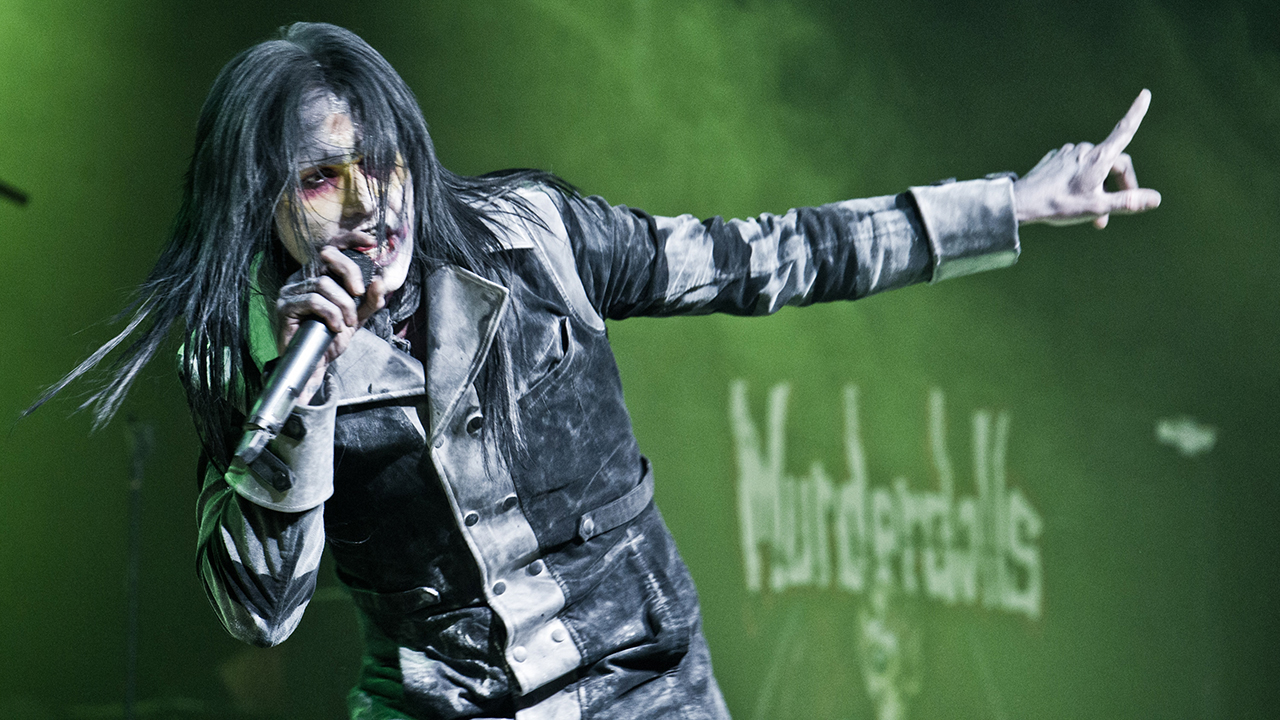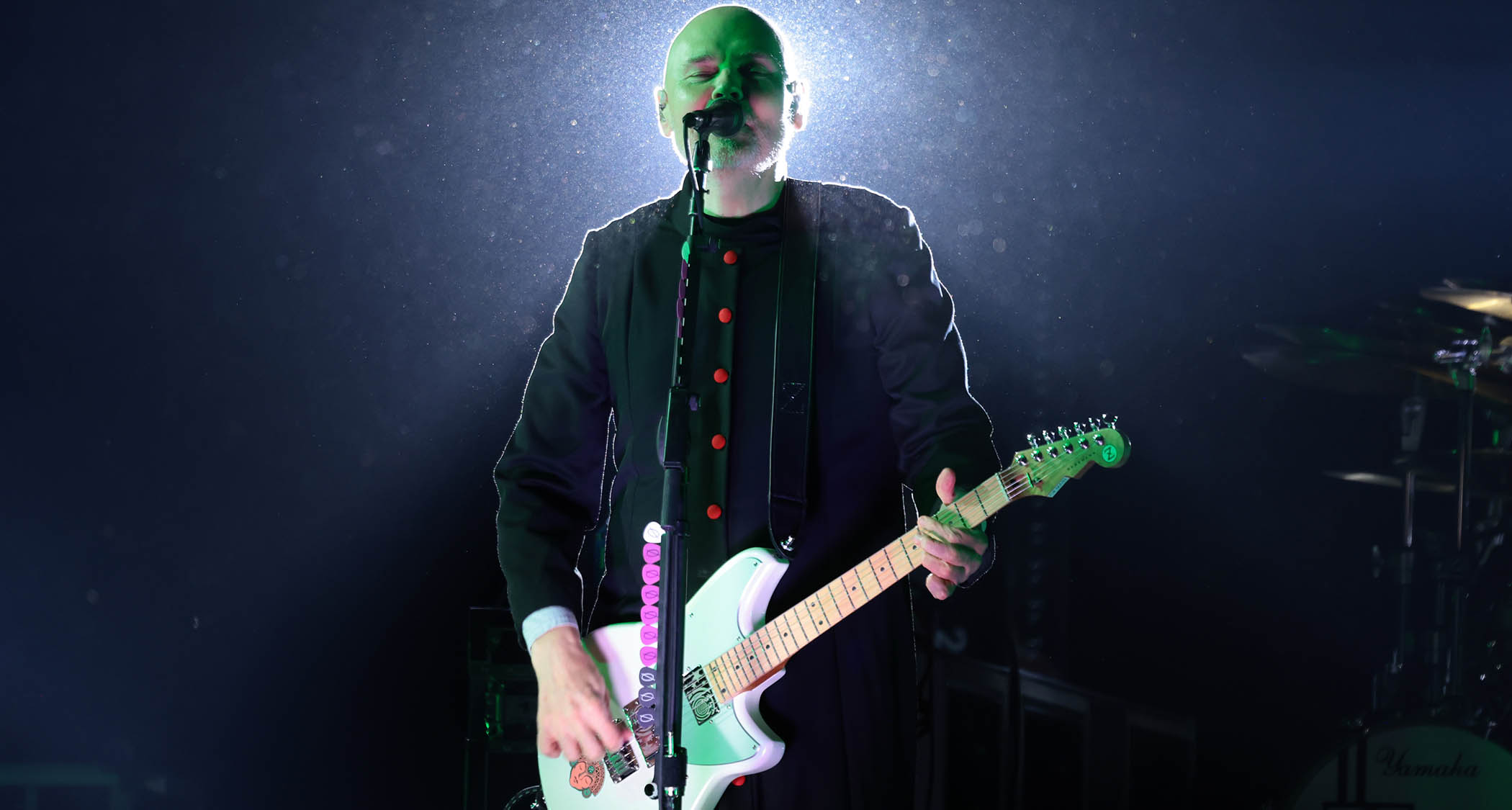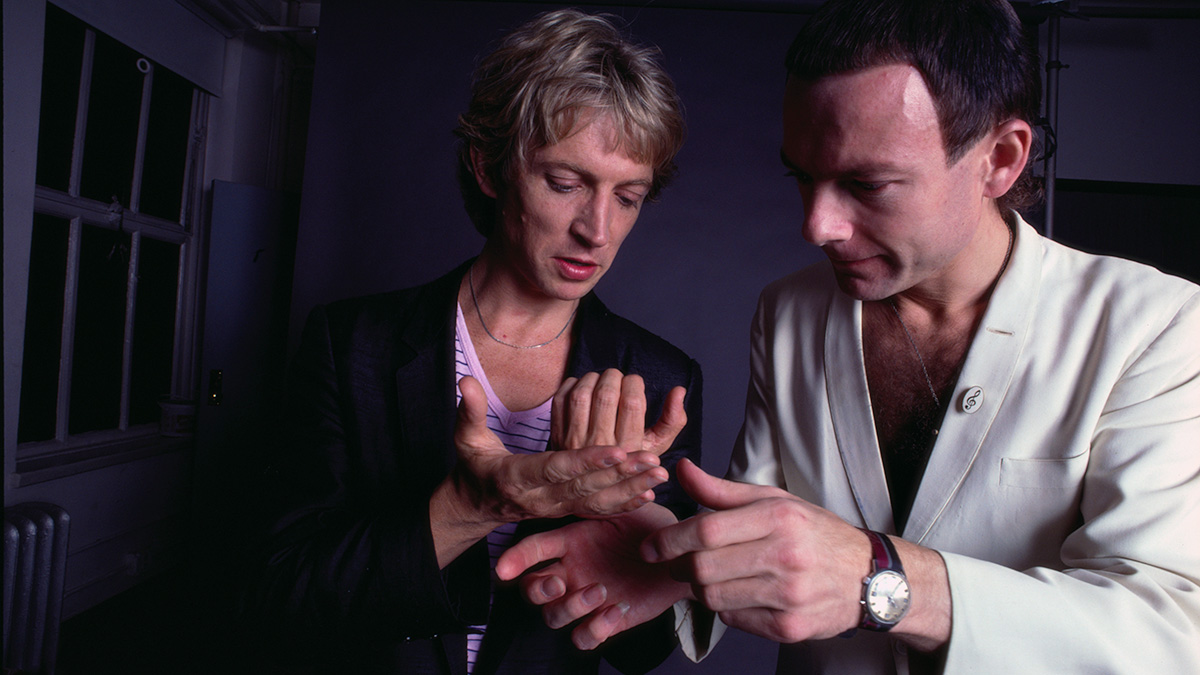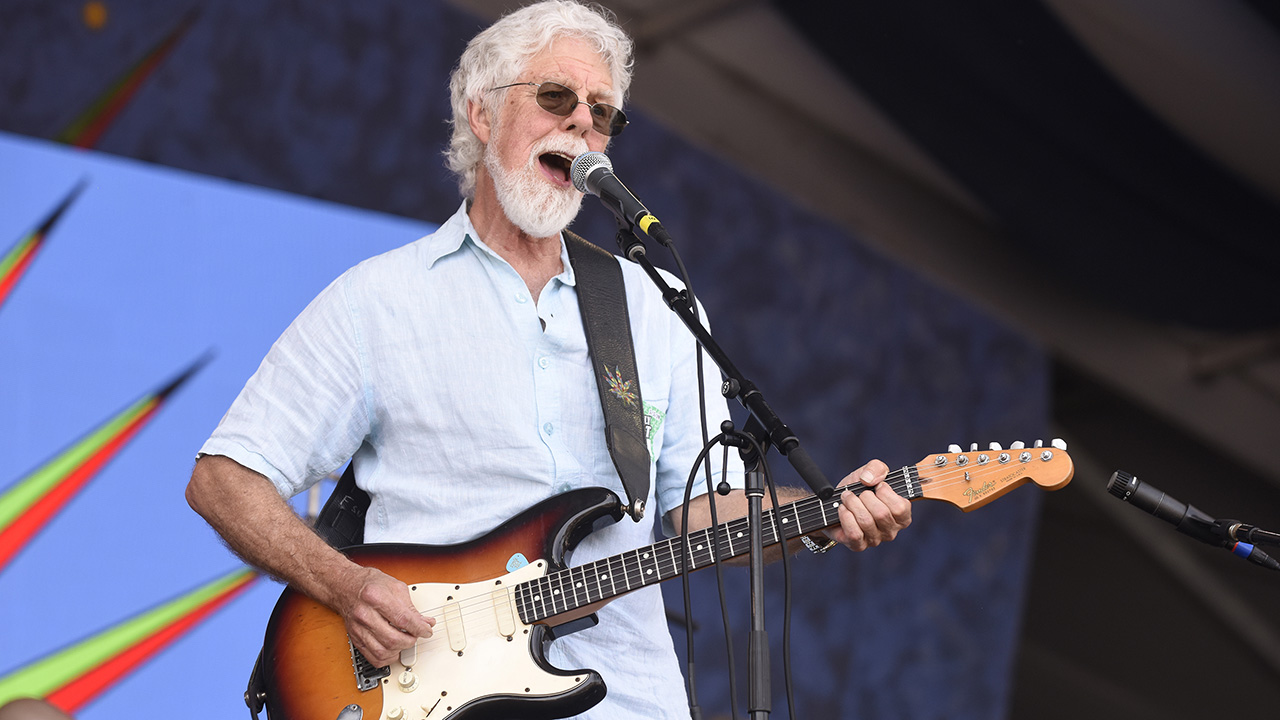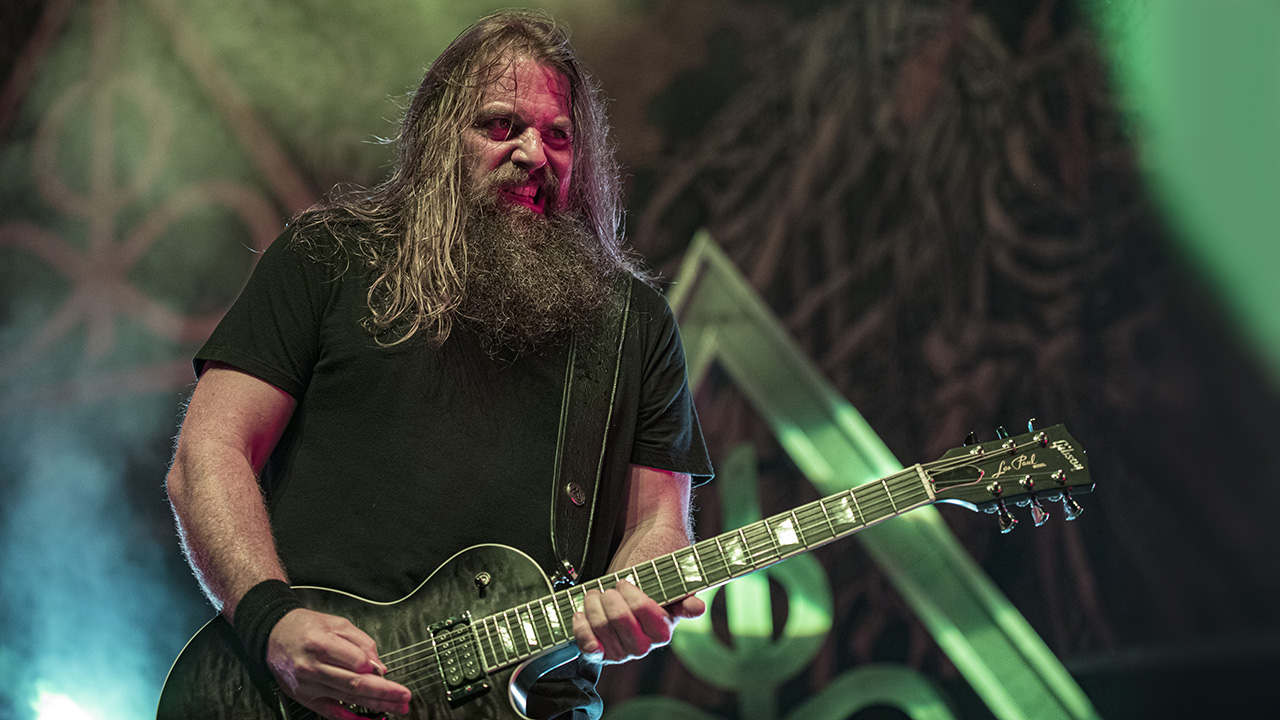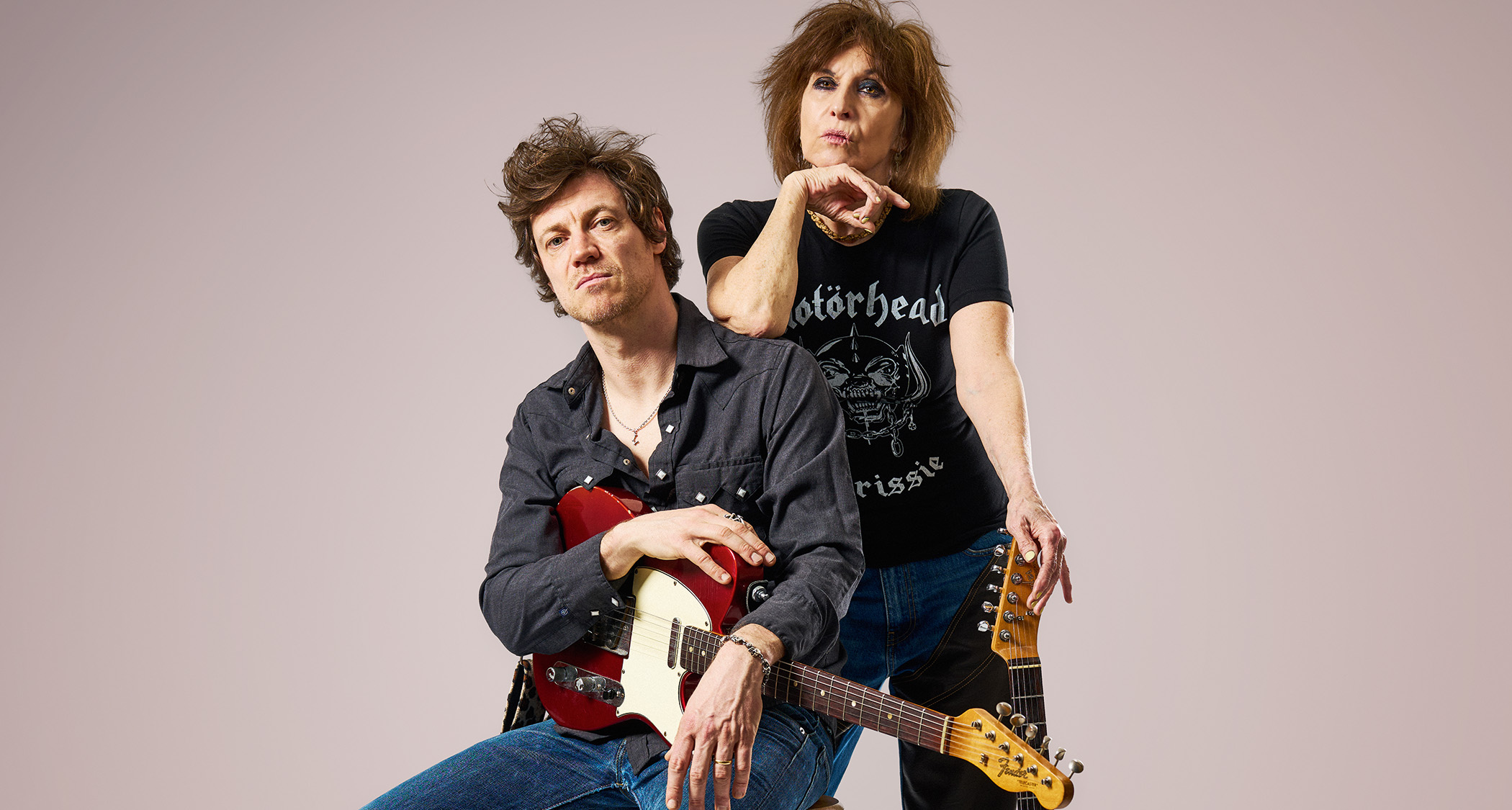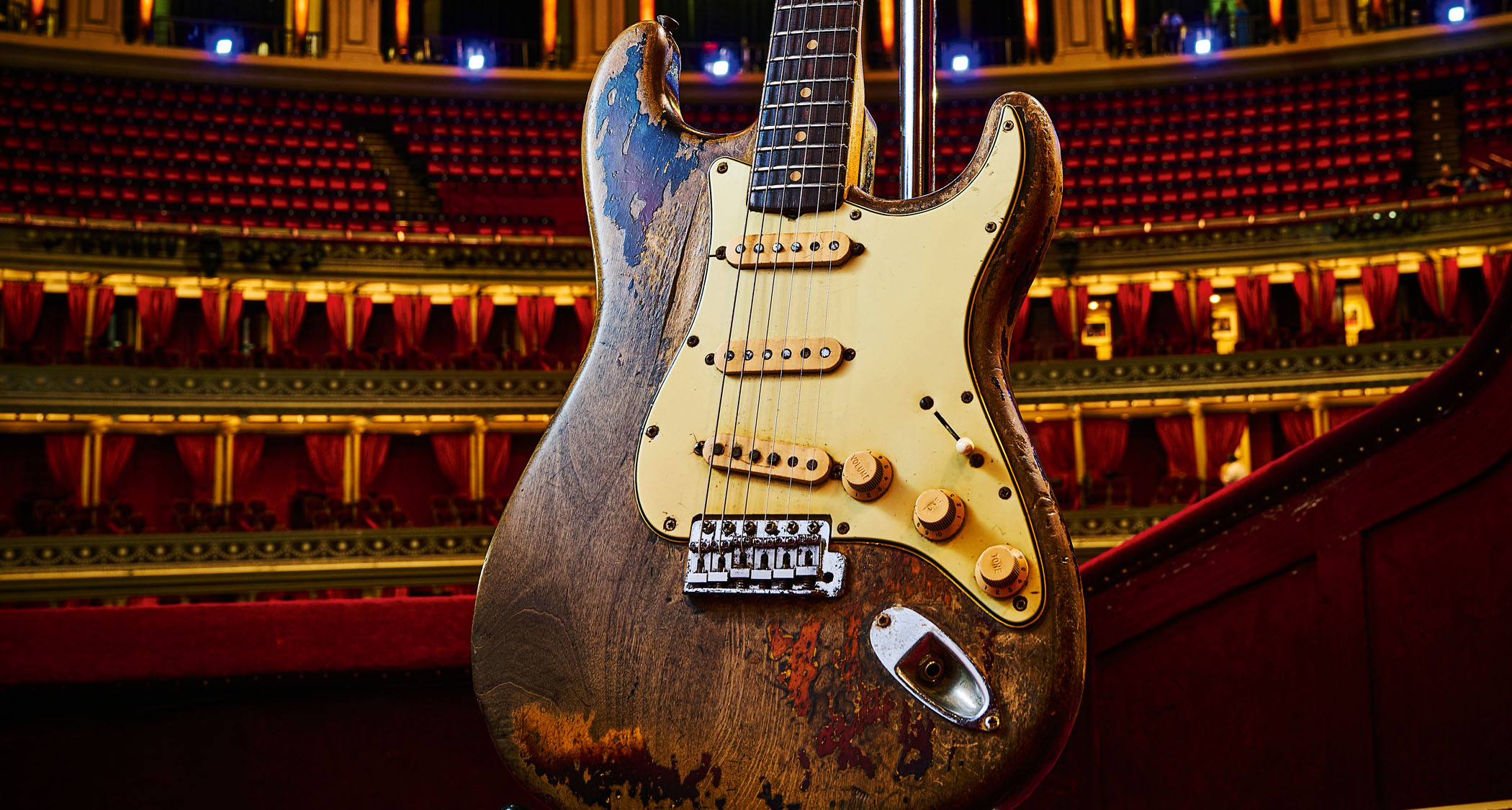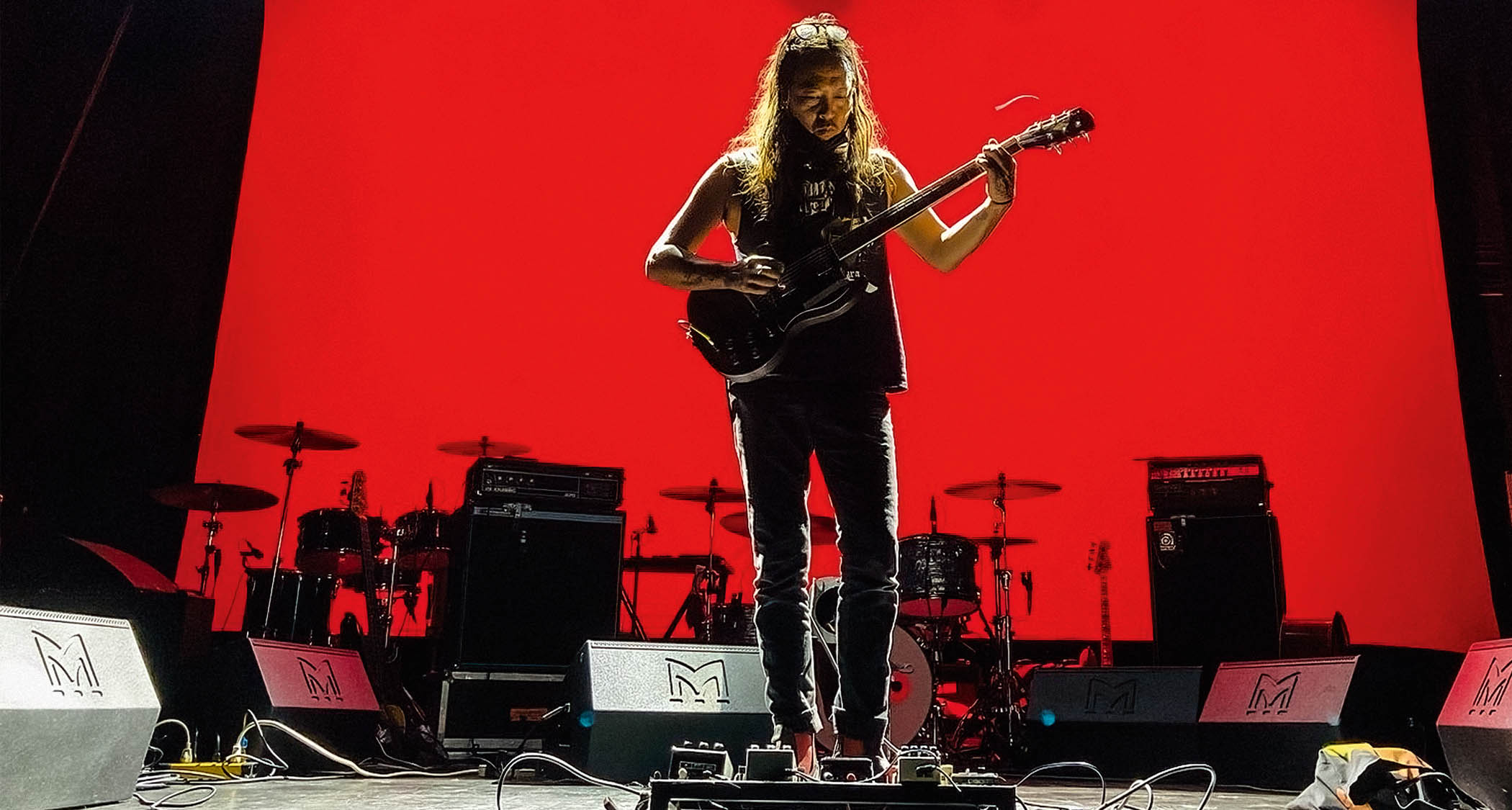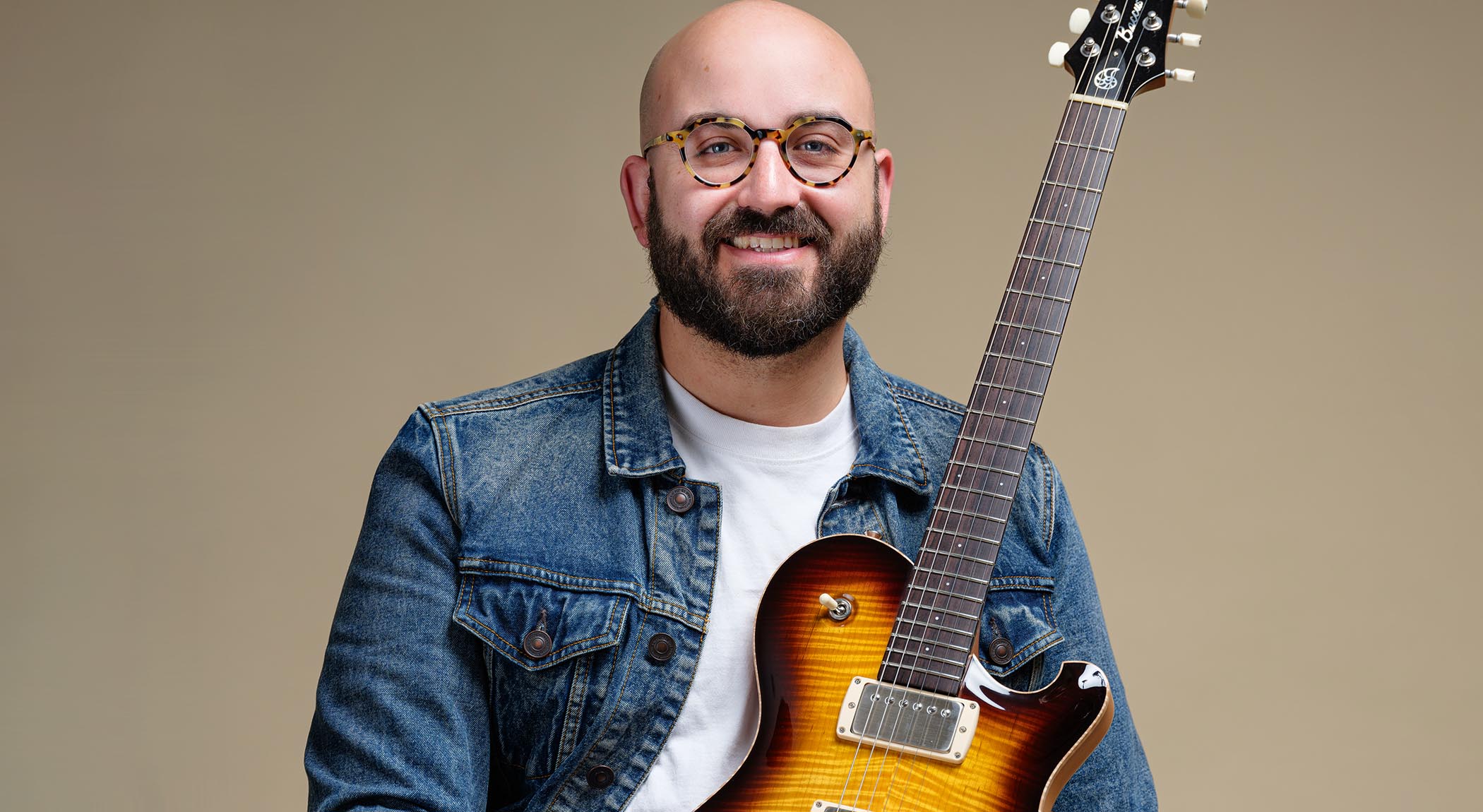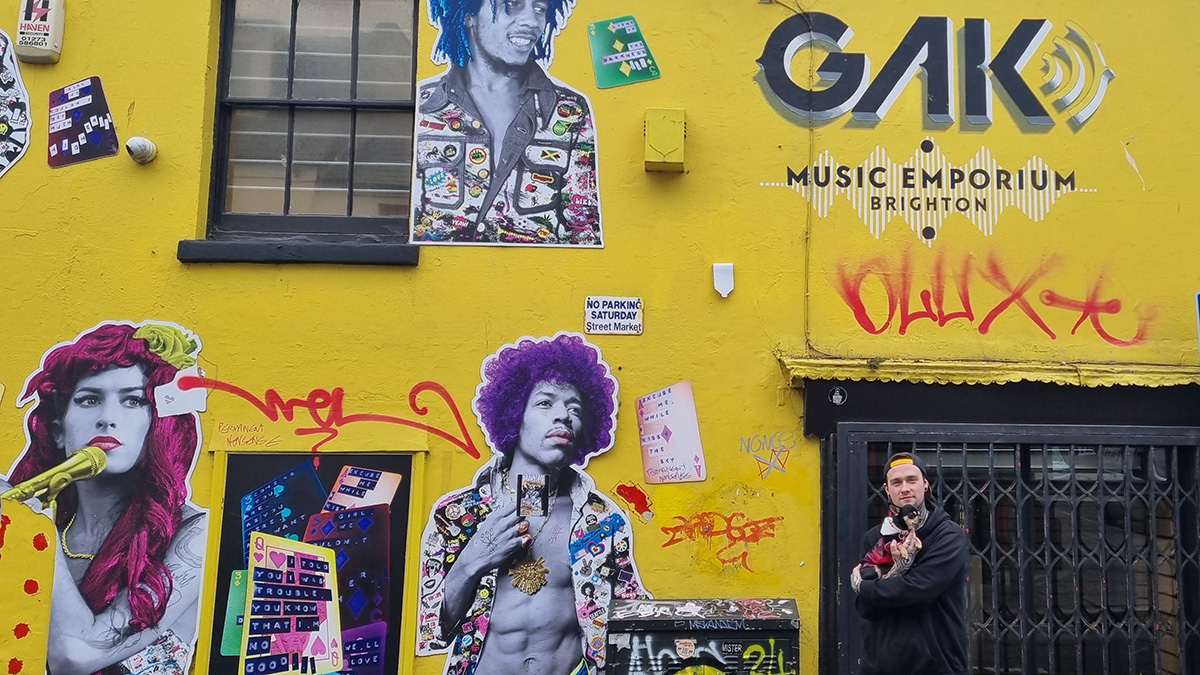How to protect your hearing – the most important part of your guitar tone
High volumes over long periods increase the risk of hearing loss and tinnitus, but these risks are easily mitigated and a no-brainer for any guitar player

BACK TO LIVE: Guitar players are nothing if not obsessive. We spend countless hours trying to get a phrase or a technique down. Months go by and we’ve thought of little else besides the tonal rectitude of germanium vs silicon diodes, fretting over our amplifier’s response. Our quest for tone is all-consuming, and yet there’s one crucial element that we overlook time and time again: our hearing.
Our hearing, and what we can do to protect it in high-volume environments, is often treated as a secondary issue, but as musicians, what could be more valuable? It is to the guitar player what a sense of taste and smell is to a chef, and if we take care of it, it’ll take care of us. We can read about what the best overdrive pedal is, but only our ears can tell us if it is the right one for us.
With the return of live music, more of us will be crowding into rehearsal rooms and getting onstage – what better time than now to look at the ways in which we can protect our hearing?

How loud is too loud?
There’s no playing rock music without encountering damaging levels of volume. Indeed, for electric guitar players, mastering volume is another dynamic in our toolkit. It is an essential. The question is whether we can manage the risk effectively, balancing the need for volume with the means to keep our hearing in perfect working order.
The intensity of sound is measured in decibels, and once that intensity exceeds 85dB sound begins to become potentially damaging to our hearing. The risk of damage increases the longer our ears are exposed to the sound source.
Complicating matters, it’s not always easy to judge just how loud the music is. Play an open E chord and everyone reading can imagine the sound and recognize it; doing likewise with 85dB is less straightforward.
How can we tell if the noise level is above 85dB? Many studio spaces and venues will have an LCD sound level display. You could download an iOS app, such as Decibel X, which turns your iPhone into a sound level meter. Another way is to listen to yourself talk.
Get The Pick Newsletter
All the latest guitar news, interviews, lessons, reviews, deals and more, direct to your inbox!
“If you have to raise your voice for normal conversation then the sounds around you are probably too loud,” says Tony Kay, President of the British Tinnitus Association (BTA), and a practicing clinical audiologist specializing in the assessment and management of tinnitus in adults. In such settings, the risks of damaging our hearing increase, and the longer we spend in them the higher our “noise dose”.
“Noise-induced hearing loss and noise-induced tinnitus usually occurs over a period of time, initially starting with temporary changes in hearing,” says Kay. “This may become permanent if continued exposure to excessive noise without adequate protection persists.”
That constant ringing sound: tinnitus explained
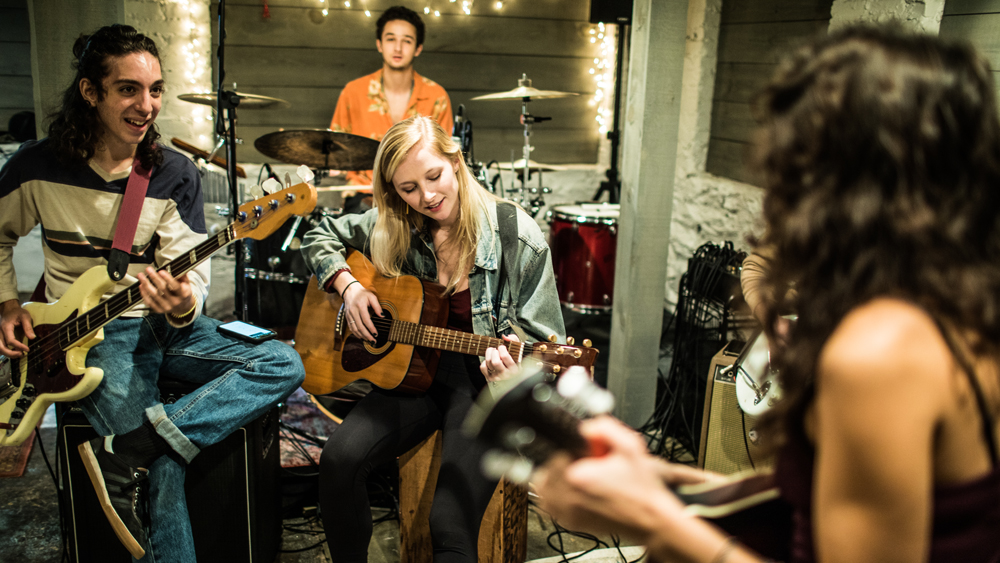
Tinnitus can manifest itself in a variety of ways, but can be defined as "the sensation of hearing a noise or noises without the presence of an external source". This can be a high-frequency hum, white noise or, in some cases, hearing music when none is being played.
The condition is not necessarily related to hearing loss, with no hearing loss detected in approximately 20 percent of tinnitus cases.
“One of the suggested mechanisms of tinnitus is changes in the brain as a consequence of the hearing loss,” explains Kay. “The hearing loss alters the amount of information going to the brain. The brain responds to these changes and tinnitus is perceived.
For some, tinnitus can have a significant impact on their quality of life and mental health, leading to anxiety and depression
Tony Kay
“Most people who experience tinnitus are not bothered by it, but for some it can have a significant impact on their quality of life and mental health, leading to anxiety and depression," he continues. "It may interfere with sleep, concentration and mood, among other things.”
Exposure to damaging sound levels – and bear in mind a rock concert might typically register 110dB – even for a short period can damage the inner ear permanently.
Tinnitus and its impact on musicians
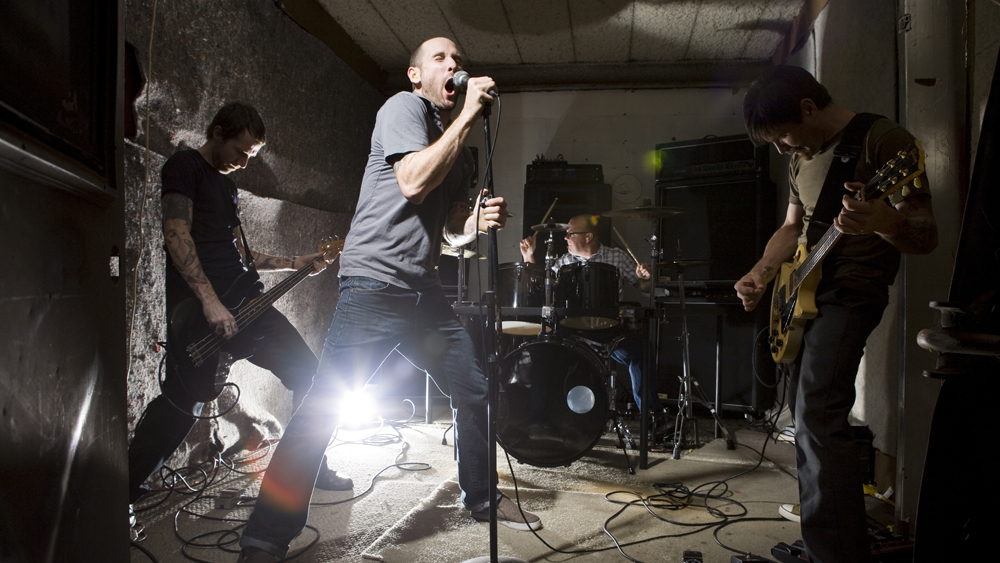
Almost 50 million people suffer from tinnitus in the United States. In the UK, some one in eight are affected. If you find yourself struggling to hear certain frequencies, or struggling with your hearing with noise in the background, it could be a sign that you have damaged your hearing.
Many cases begin with telltale warning signs – ringing in the ears and dullness in hearing after attending a show or rehearsal would be one. How many of us pay heed to those warnings and take precautions thereafter?
Again, a significant number of us do not. According to research conducted by the BTA and the University of Nottingham funded by the UK charity Help Musicians, 23 percent of performers said they wore no form of hearing protection. Only 19 percent said they always used it.
When you consider how we give no second thoughts to applying sunscreen at the beach to protect our skin, it seems illogical that we would show no similar concern to our hearing.
Hearing seems to be the one thing that doesn’t really get spoken about much, so definitely there’s a cultural shift needed in the education around it
Emily Broomhead
Emily Broomhead, campaigns manager for the BTA’s Plug’em campaign, agrees, but she believes it is also a question of education. What is needed is a cultural shift.
“It’s interesting what you said about sunscreen,” she says. “We have made that connection before. You put sunscreen on to stay safe. You get your eyes tested. And yet, hearing seems to be the one thing that doesn’t really get spoken about much, so definitely there’s a cultural shift [needed] in the education around it.”
High-profile cases such as AC/DC’s Brian Johnson and films such as Sound of Metal have helped raise awareness of the issue, and yet tinnitus and hearing loss is something that musicians can be reticent to talk about.
Legendary virtuoso Paul Gilbert is quite open about his hearing loss – high-frequencies are now inaudible to him.
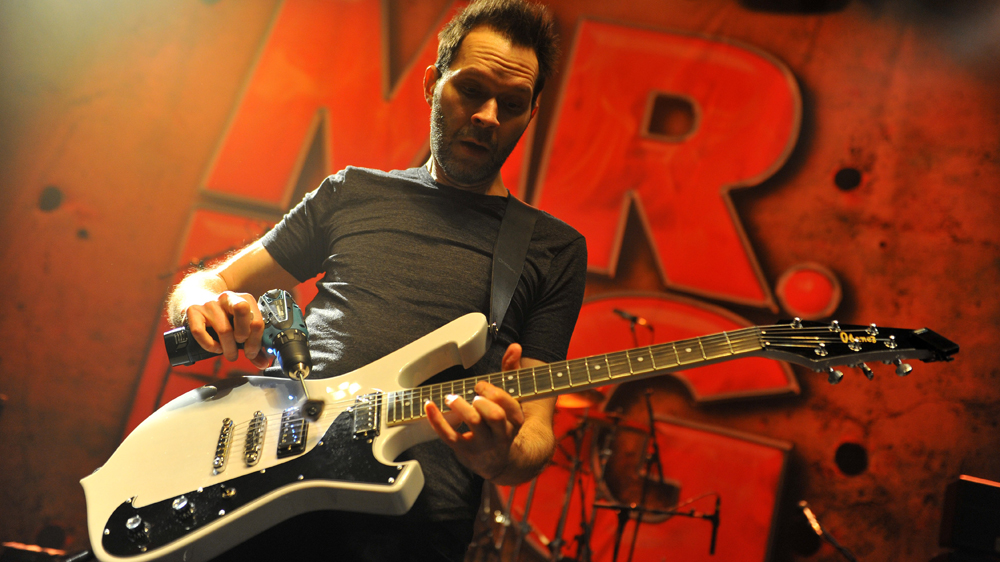
“I have lost a lot of hearing,” he says. “If I go to my mixer right now and play some recorded music, I could take the treble knob, turn it all the way up and all the way down, and I wouldn’t hear any difference. Above 1kHz, I’m not much use, so I’m hearing differently to what most people are. But I can feel it. Below 1kHz, it’s pretty good. I can still hear pitch, rhythm and resonance. The treble is a guess!”
For a professional, this requires some adjustment. He now avoids listening to click tracks wherever possible, saying that, during Mr. Big sessions, they’d be hammering at his ears all day through his headphones. Playing live, visual cues become more important.
The drummer is supposed to be doing this backwards hi-hat kind of thing on Green-Tinted Sixties Mind, and I can’t hear the hi-hat. That frequency is gone
Paul Gilbert
“The Mr. Big song Green-Tinted Sixties Mind has got this guitar intro and it’s all 16th notes, but because the technique is so odd, it’s not always easy to keep it perfectly in time," Gilbert comments.
"I mean, hopefully I do an OK job, but it is possible that I’m drifting,” he says. “The drummer is supposed to be doing this backwards hi-hat kind of thing, and I can’t hear the hi-hat. That frequency is gone.
“I tried having a little TV monitor so I could watch the hi-hat. I tried turning around and watching, but I’ve got to watch my fingers. Finally, I turned to the drummer and said, ‘For this intro, I’m not going to be able to hear you or see you, so you’re just going to have to follow me. I’m going to try to play in time, but if I speed up, like, you have to speed up, too!’ Because, once the snare and the kick come in, once the groove starts, I can feel the kick and I can hear the snare. That’s okay. But for those intros, I just tell the band, ‘Just follow me. I’ll do my best!’”
- Best earplugs for musicians: 8 guitarist-friendly plugs for every budget
Prevention is the best form of cure
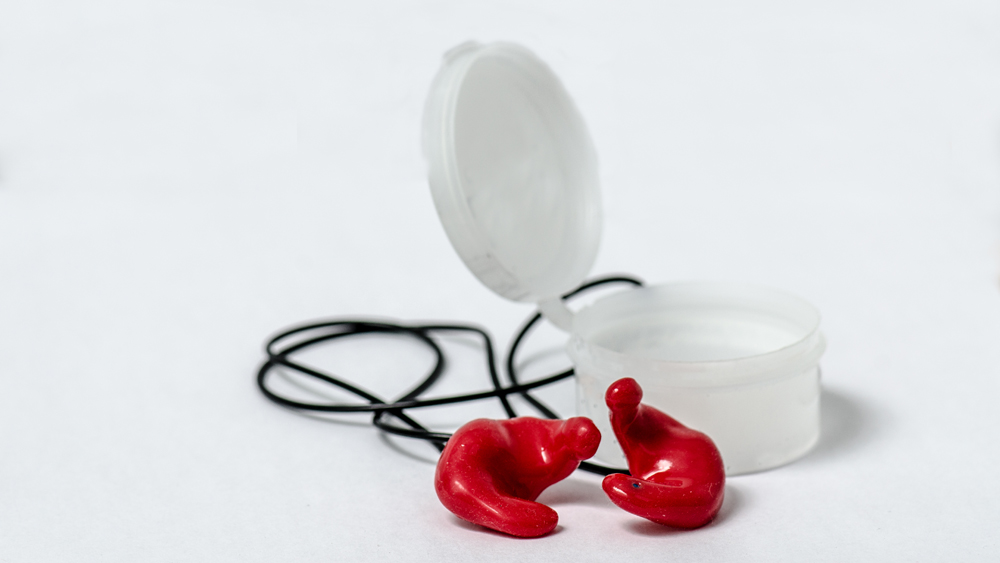
Being aware of the risks in various environments is invaluable. Home practice, at a volume unlikely to wake next door’s baby, is OK, but if you’re using headphones for silent practice it pays to set limits for volume, and to give the ear regular breaks.
When it comes to prevention of hearing loss and tinnitus, there’s a lot to be said for simply getting into the habit of wearing ear protection whenever you’re playing with others, and a little effort in finding the right hearing protection can make all the difference.
Foam plugs, typically handed out at venues, are cheap and have a universal fit. At a pinch, they are better than nothing, but just because they attenuate certain frequencies and spoil the mix, don’t think that this is the case for all hearing protection.
Seek out those that simply cut the decibel level while leaving the mix intact. Indeed, listening to your band at lower volumes will help you zone in on what’s going on, allowing you to hear what you’re playing better.

The optimum solution would be to pay for a set of custom-molded earplugs, where you will have to have an impression taken of your ear so that the plugs fit exactly. While these might cost a lot more upfront, they will last you four to five years before you need a new impression to account for your ear changing shape over time. Compared with the cost of cheap reusables, it works out cheaper in the long-term, and crucially, offering better results. When you consider the price, it’s comparable to buying a new pedal.
“If you wear the right earplugs, you can still hear the music,” says Broomhead. “It’s not going to stop you hearing anything. All it is literally doing is dropping that decibel level down to a safe limit for you."
As Kay notes, if anyone is concerned about their hearing, or finds themselves bothered by tinnitus, they should consult a healthcare professional and book a hearing test. There are a number of therapeutic treatments to help you manage the condition.
But with prevention in mind, let’s take a look at some of the hearing protection options readily available online. For more options take a look at our best earplugs for musicians guide.
Best all-rounder: Earos One – $40/£66
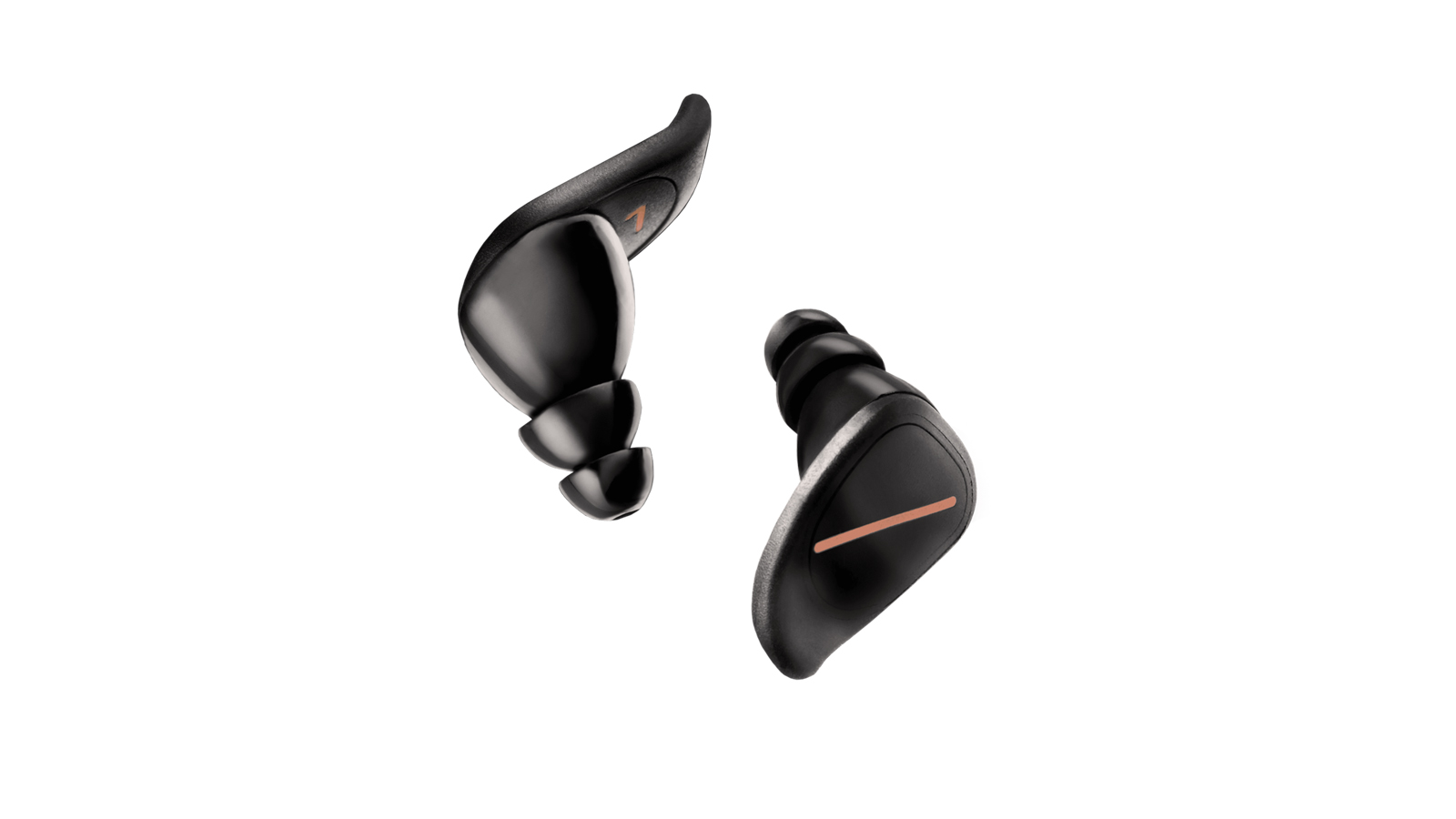
Comfortable, discrete and designed with the former director of MIT’s Acoustics and Vibratory Lab, the Earos One plugs preserve the mix while offering a noise reduction rating of 17dB.
Best budget 'plugs: D'Addario Pacato Full Frequency Earplug – $18/£14
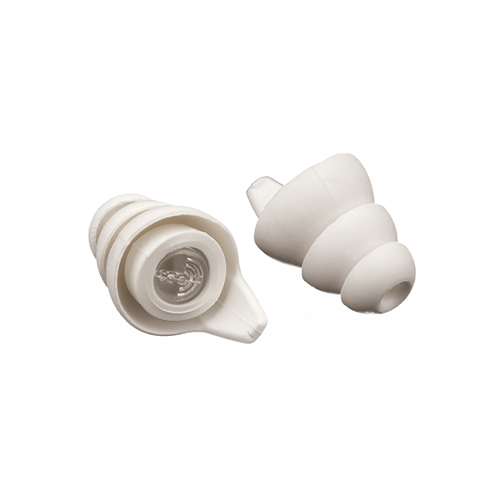
Offering a flat frequency reduction of 12dB for under 20 bucks, D’Addario’s Pacato earplugs are a decent solution if you are on a budget, and come with a custom carry case, too. The only downside is they’re a universal fit, which, despite the name, might not suit everyone.
Best budget option for hi-fi noise reduction: Vibes Hi-Fidelity Earplugs – $23/£22
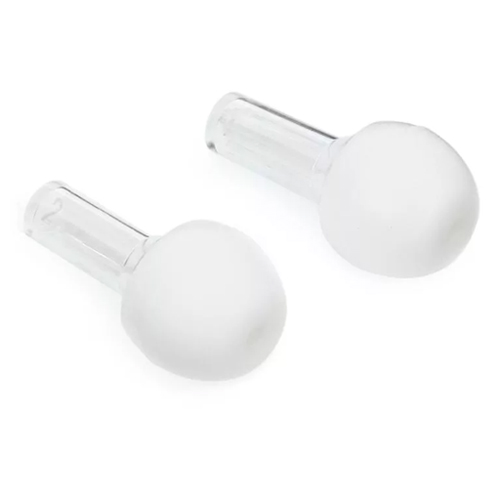
Another universal fit set, but with three tip sizes there’s a better chance you can make full use of the Vibes’ 22dB noise reduction level. They come with a carry case and look discreet.
Best active earplugs: Etymotic Music Pro Elite – $399
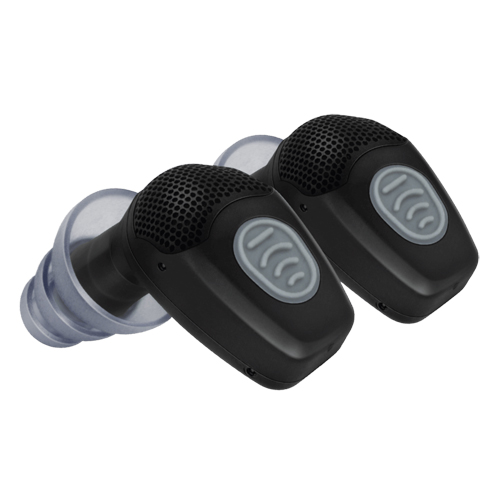
They’re expensive, but with two modes, High and Low, these active buds allow you to switch between 9dB and 15dB of attenuation, and offer exceptional performance. In High mode, they boost quiet sounds by 6dB, and they won’t touch noise above 90dB. They come in a water-resistance charging case and offer 20 hours of use before you need to recharge them.
Jonathan Horsley has been writing about guitars since 2005, playing them since 1990, and regularly contributes to publications including Guitar World, MusicRadar and Total Guitar. He uses Jazz III nylon picks, 10s during the week, 9s at the weekend, and shamefully still struggles with rhythm figure one of Van Halen’s Panama.
“We both wanted to shred. Joey wanted to be as crazy on guitar as he was on drums”: Wednesday 13 on getting his guitar confidence back – with help from some heroes – and the Murderdolls future that never happened
“I still use the Strat and Big Muff sound here and there for overdubs, but when I watched Eddie Van Halen play 3 feet in front of me, I learned that it’s about the hands”: Billy Corgan on critics, tone secrets, and how he keeps Smashing Pumpkins fresh

